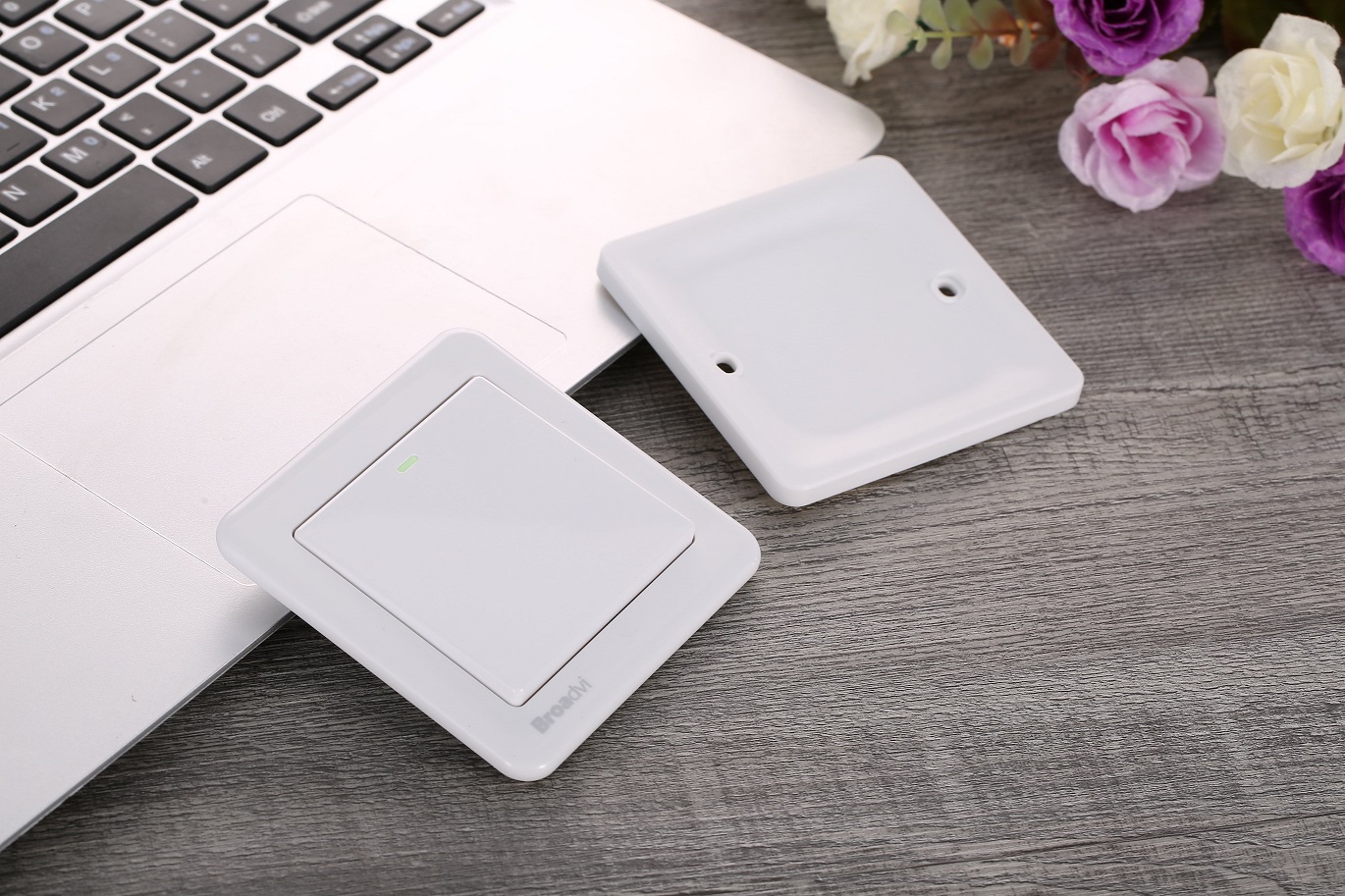
How switches work?
As a Switch manufacturer topic, electric switches can only be properly understood within the general context of electric circuits. Two major types of electric circuits exist: power circuits and electric circuits. Power circuits denote the more “visible” types of electrical circuits which harness electricity en masse to power large physical systems or appliances. These types of systems are marked by features such as generators, power lines, and circuit breakers.Switch manufacturer Electronic circuits are far smaller systems responsible for transmitting various types of information via electricity. Computers and radar systems are representative of these types of circuits.
The term switching refers to the overall process of making or disrupting electrical connections in order to complete an electric circuit. Thus, the term electric switch can properly be applied to any piece within an electric circuit responsible for this function. Although switches are most commonly associated with mechanical pieces in commercial lighting systems, electronic or hydraulic pieces that perform switching functions would fall into the same category. Every electric switch possesses some conducting material in the form of electric “contacts.” The switch either completes or disrupts a circuit by connecting or disconnecting these contacts. It is important to note that the terms open and closed have counter-intuitive meanings when applied to a switch. Instead of completing a circuit, an open switch “breaks” a circuit by somehow disconnecting the electric contacts; thus, the term open refers to the break, or “opening” in an electric circuit that stops electric current rather than enabling it. (An open switch is normally described as being in the “off” position.) Conversely, a closed switch completes an electric current by joining its electric contacts and allowing current to flow freely. Once again, the term closed stems from the actual configuration of the circuit rather than an abstract description of whether current can flow or not. (A closed switch is also known as being in the “on” position.)
While switches are often used on their own, they can be handled in a variety of ways. Switches can be connected to each other in order to increase the circuit options. Sometimes, switches are used in conjunction with other switches for more precise control of a circuit.
A key aspect of how a switch operates is its response to being actuated, or changed to a new state. When a switch remains in a new state after being newly actuated, it is known as a maintained switch. On the contrary, when a switch reverts back to its “own” state soon after being actuated, it is known as a momentary switch. The state a momentary switch is usually in (i.e. the state it stays in as long as it is not being actuated) is known as the switch’s normal state . Most normal states consist of an open/off position (although momentary switches usually in a closed/on position do exist). The contrast between toggle switches and push-button switches illustrate the contrast between these larger categories. As a maintained switch, a toggle wall switch will permanently stay in whatever state it is in until it is actuated into the other state; in contrast, push-button switches usually revert back to an “off” position after being actuated (e.g. a doorbell).
Although not typically considered part of a switch, receptacles are important features in electric switches that work in tandem with switches. Receptacles are simply parts of a power circuit responsible for actually conducting power to its intended target (e.g. a wall outlet). Since switches are mainly used to control and practically apply electricity within a circuit, receptacles are critical for switches to fulfill their intended use.
4.7199 Comment

